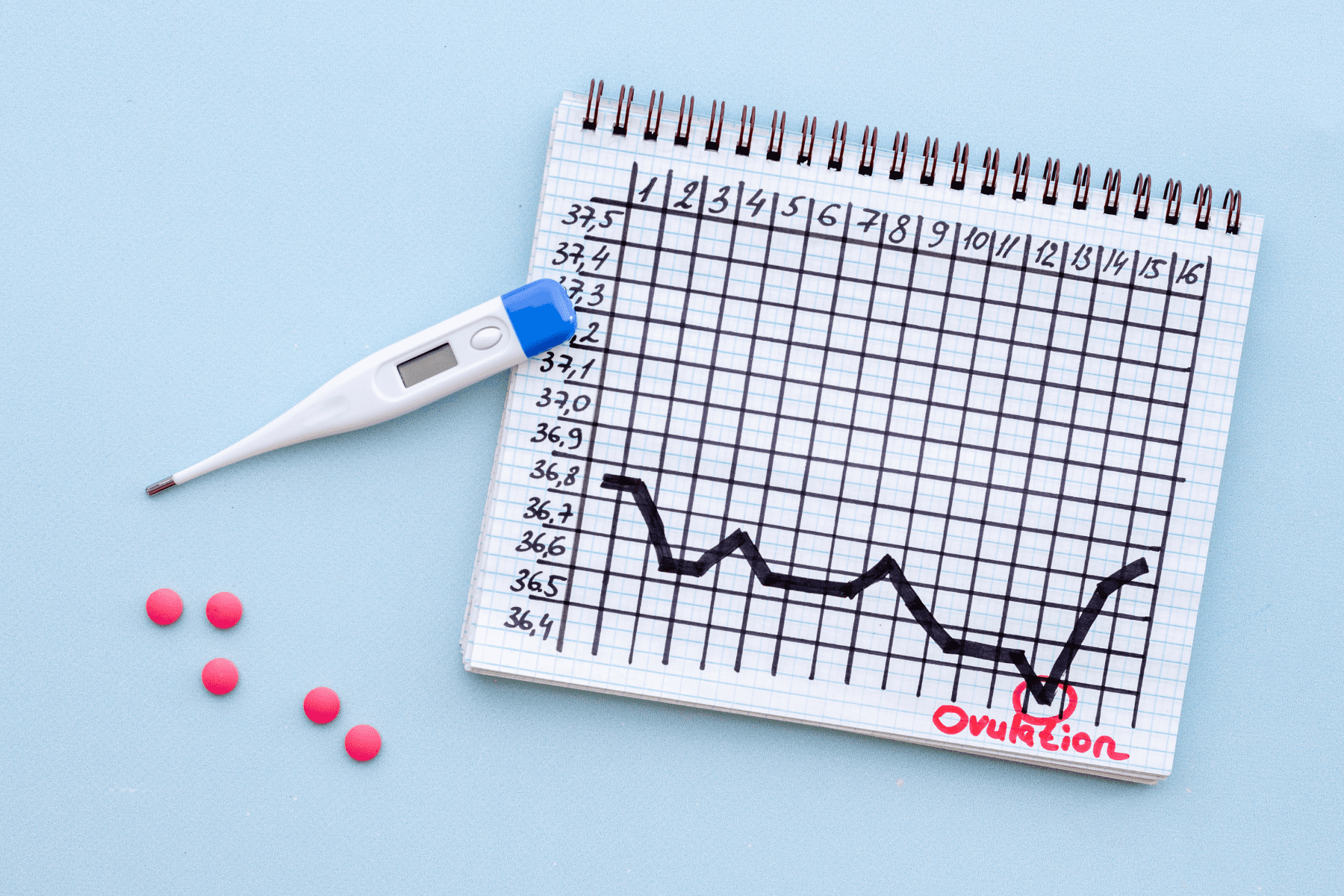It is so difficult for patients when they do not get pregnant after an embryo transfer. Patients invest emotionally, financially, and physically in each fertility treatment cycle. Patients, of course, want to understand why it didn’t work. To break things down to the simplest terms, embryo transfers don’t work due to an issue with either the embryo health or endometrial health. It’s easy to assume that a first failed cycle is due to an abnormal embryo, but how many cycles does it take before we start to think there is more to it than just “bad luck?”
What happens when an embryo underwent pre-implantation testing for aneuploidy (PGT-A), is genetically “normal” and they aren’t successful? Success rates are very high for euploid PGT-A embryos, approximately 65-70%, but they aren’t 100%. The accuracy of PGT is extremely high at 95-99%. Recent literature is leaning towards abnormal endometrial environment as a reason for some implantation failure. As our PGT technology advances, our success rates will increase, but we also need our endometrial assessment to advance to give patients the highest chance of success!
In this letter, I am going to focus on mainly the endometrium (not the embryo) and what we can do to help patients with recurrent implantation failure (RIF). While implantation failure is typically caused by aneuploidy embryos, embryo implantation requires a delicate synchrony between the embryo and the endometrium.
Implantation of an embryo in the endometrium requires apposition of the embryo next to the endometrium followed by adhesion facilitated by pinipodes and matrix metalloproteinases (MMP), then the embryo is required to invade into the endometrium.
Traditional and routine evaluation of the endometrium involves imaging such as a transvaginal sonogram, saline sonogram, hysterosalpingogram, or hysteroscopy. A recent study found that a 3-Dimensional saline hysterosonogram was equivalent in detecting pathology to a hysteroscopy. For patients that have not been successful, we consider an updated evaluation of their endometrium with one of these tests.
Chronic endometritis (CE) has also been associated with recurrent implantation failure (RIF). While there isn’t a single agreed upon definition for RIF, many feel it refers to failure to achieve a clinical pregnancy after transfer of at least four good-quality embryos in a minimum of three fresh or frozen cycles in a woman under the age of 40 years. A 2015 retrospective review of 106 cases of RIF demonstrated that 2/3 of the women were diagnosed with CE at hysteroscopy (Cicinelli Hum Rep 2015). Culture found that common bacteria and mycoplasma were the most prevalent agents.
75% of the women had cure after antibiotic treatment while 25% had persistent inflammation. When a subsequent embryo transfer was performed, Pregnancy rates (65.2 versus 33.0% P= 0.03) and live birth rates (60.8 versus 13.3%, P= 0.02) were higher in women with treated endometritis.
Some studies have suggested that freezing all embryos can increase pregnancy rates by allowing slowly growing embryos to get re-synchronized with the endometrium during a frozen embryo transfer cycle. It was also found that with increasing age, there was an increase in the percentage of embryos becoming blastocysts are later than the classic day 5 after retrieval. Some embryos required 6 or even 7 days to become blastocysts.
PGT studies have demonstrated that these embryos, may have a lower euploid rate than their day 5 counterparts, but have a significant chance of being normal and resulting in a pregnancy. This may be especially useful in patients with polycystic ovary syndrome (PCOS) as well as women with advanced reproductive age.
This is the next step in technology to give us more information about the endometrial health. An altered window of implantation (WOI) can be due to many things including an altered timing of gene expression after progesterone exposure, anatomic issues such as: polyps, fibroids, synechiae, and inflammation such as: infectious, immune, endometrial hyperplasia, and possibly life style choices: obesity, smoking, caffeine, and alcohol.
In the past, an endometrial biopsy was performed to see if the architecture of the uterus was as it should be based on the cycle day and evaluate for dysfunction in the WOI. Unfortunately, this was found to not be sensitive or specific with poor inter-observer consistency.
However, the Endometrial Receptivity Assay (ERA) is an endometrial biopsy on the day of expected transfer with newer Next-Gen sequencing of the endometrium to identify if the endometrium is receptive for implantation. In a 2013 study (Ruiz-Alonso, F&S), ERA of 85 women with recurrent implantation failure (RIF), and 25 control patients were compared. 74% of the women in the RIF group were found to have a receptive endometrium compared to 88% in the control group.
Biochemical pregnancies may also be caused by shifted WOI. While most are likely due to aneuploidy embryos, this can be an indication of abnormal receptivity. An embryo does start to implant, but it cannot create a strong connection and does not continue to grow. In a 2017 retrospective cohort study published in F&S (Diaz-Gimeno), 771 Infertility patients were compared to 79 fertile egg donors.
Late receptive endometrium results (12 hour of excess progesterone), had a decreased pregnancy rate of 33% compared to 80% with receptive or late pre-receptive linings, and a 50% biochemical pregnancy rate compared to 7% in receptive or late pre-receptive endometriums.
When we look at the pregnancy rates, there is not a doubling of pregnancy rate with a double transfer (DET) vs single transfer (SET). Success rates do raise, but not significantly. In our lab, the rates were 63% SET vs 68% DET for good prognosis patients. This is almost certainly due in part to abnormal uterine receptivity.
In summary, the endometrium is a key part of a successful pregnancy after IVF. For women with RIF the following should be considered: Pre-implantation genetic testing, uterine evaluation with 3-D saline sonogram or hysteroscopy, ERA, frozen transfer approach, consider empiric antibiotics or testing for CE. If the following is unsuccessful, a gestational carrier is always an option that is very successful but, should be reserved as a last resort.
As we learn more about the importance of the endometrium, we may get to a place when all patients have personalized embryo transfers with their euploid embryos, especially for women who have failed other treatment. We are just beginning to explore the power of this technology and will keep you updated along the way!
Medical contribution by Allison K. Rodgers, M.D.
Dr. Rodgers’ approach to care has been influenced by her own infertility and pregnancy loss. She has published many original research articles in top medical journals. She also writes for her blog, Destination: Parenthood, on many fertility related subjects.







